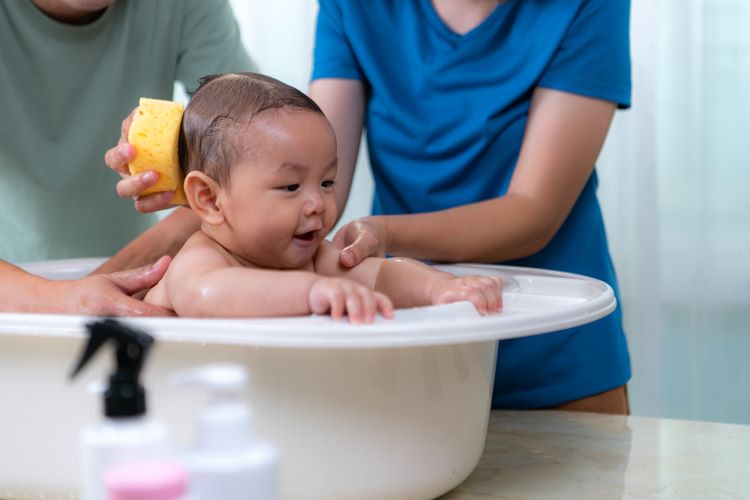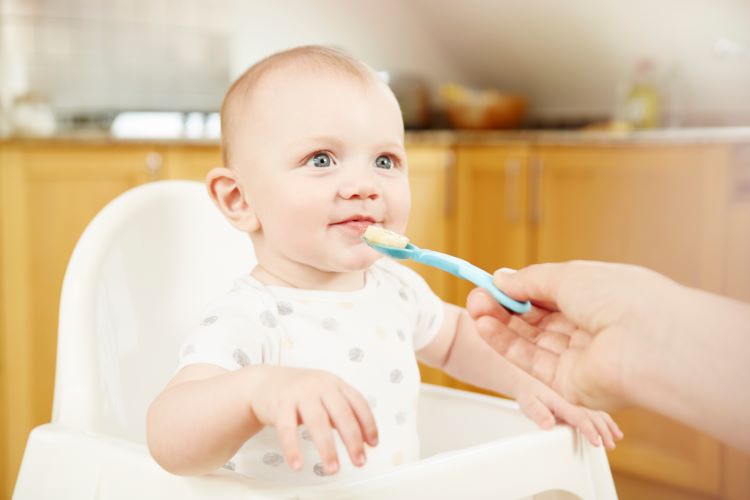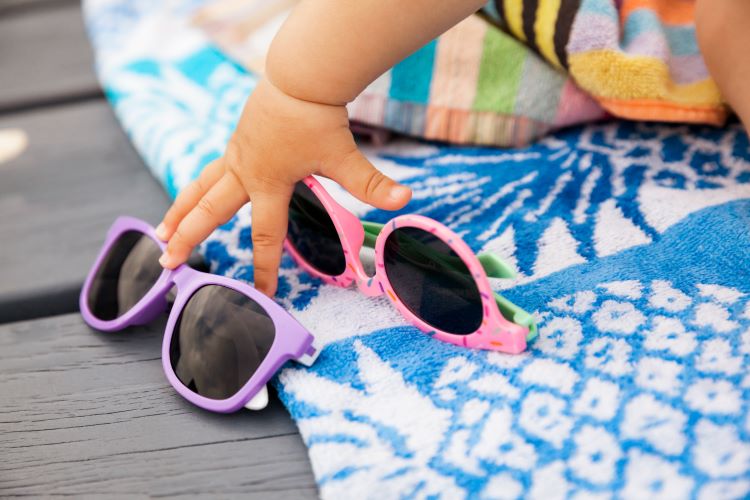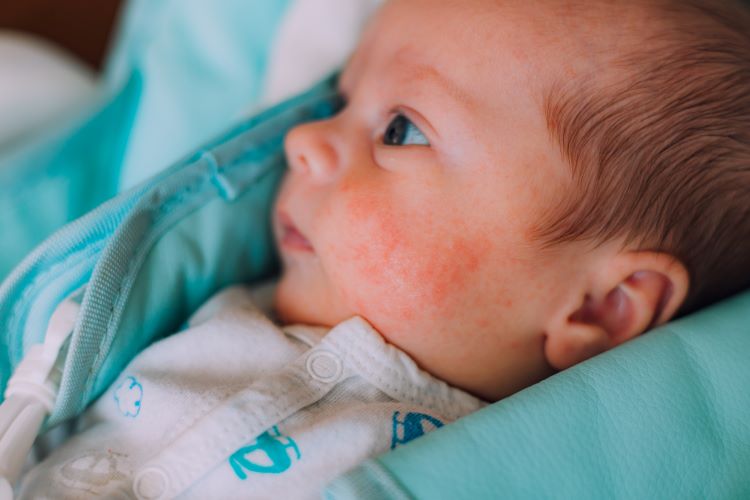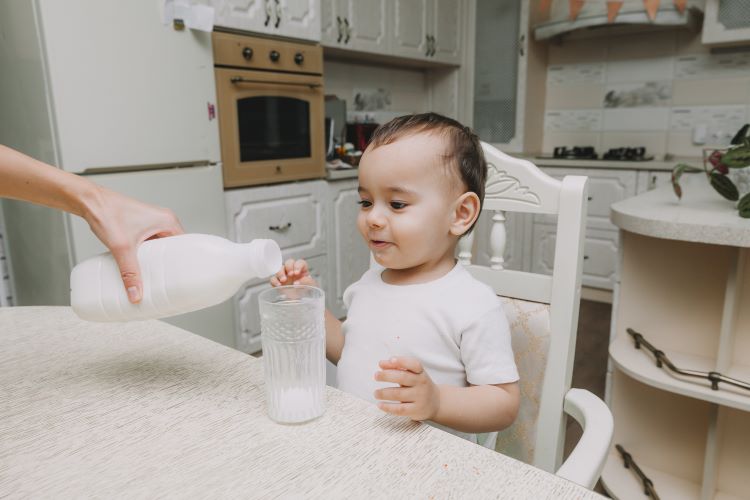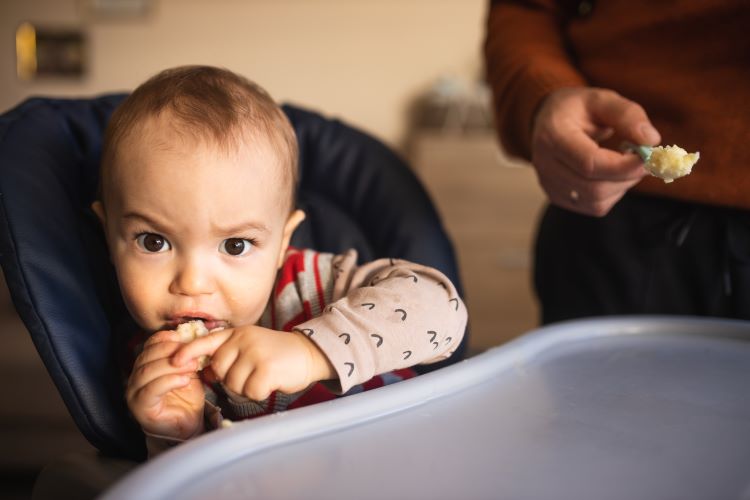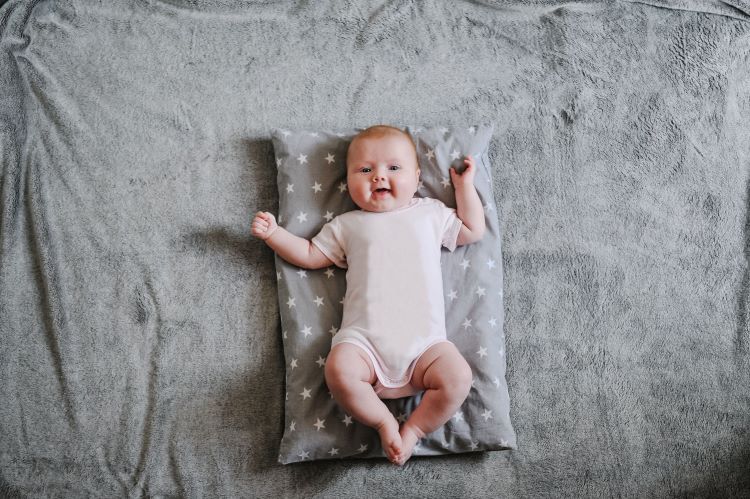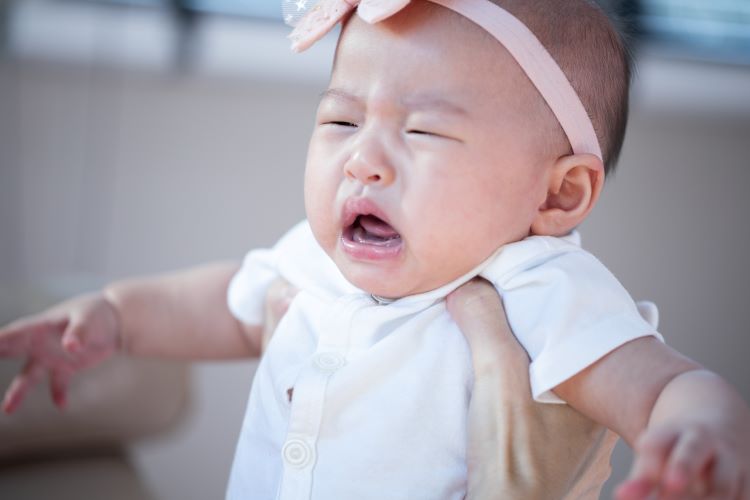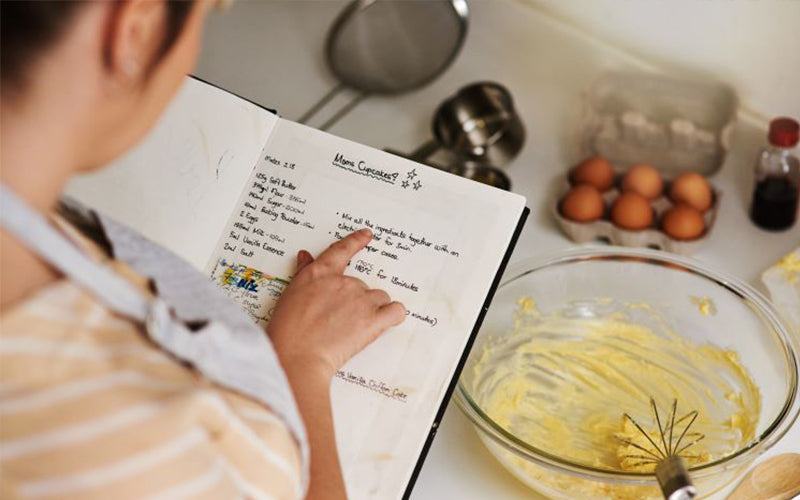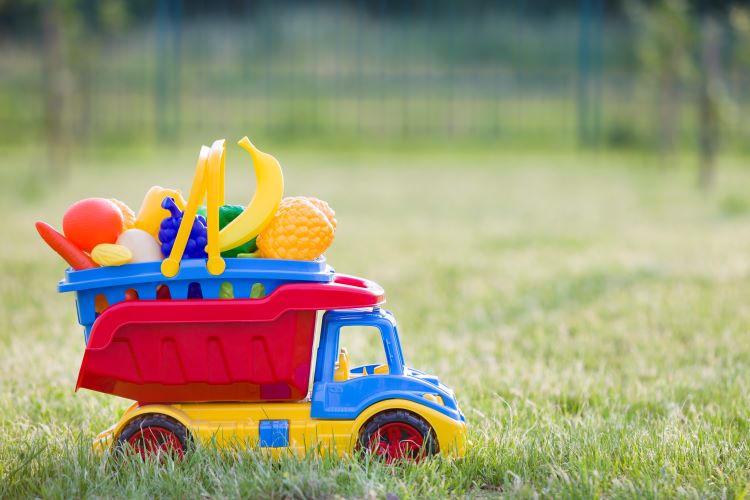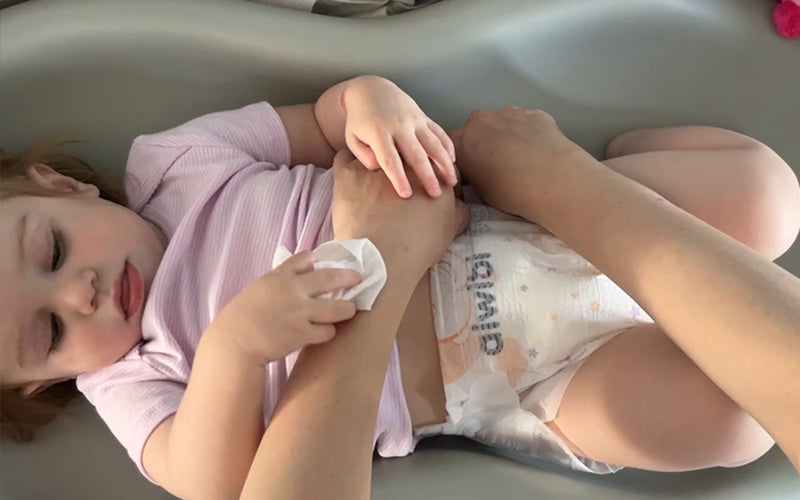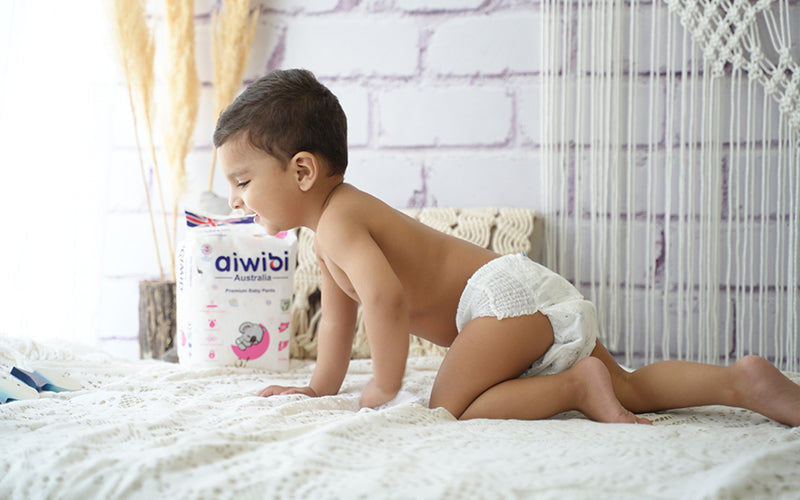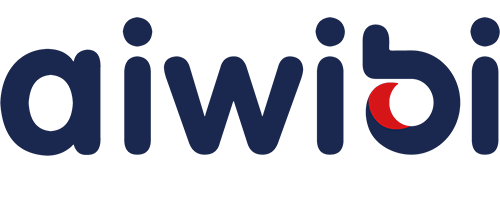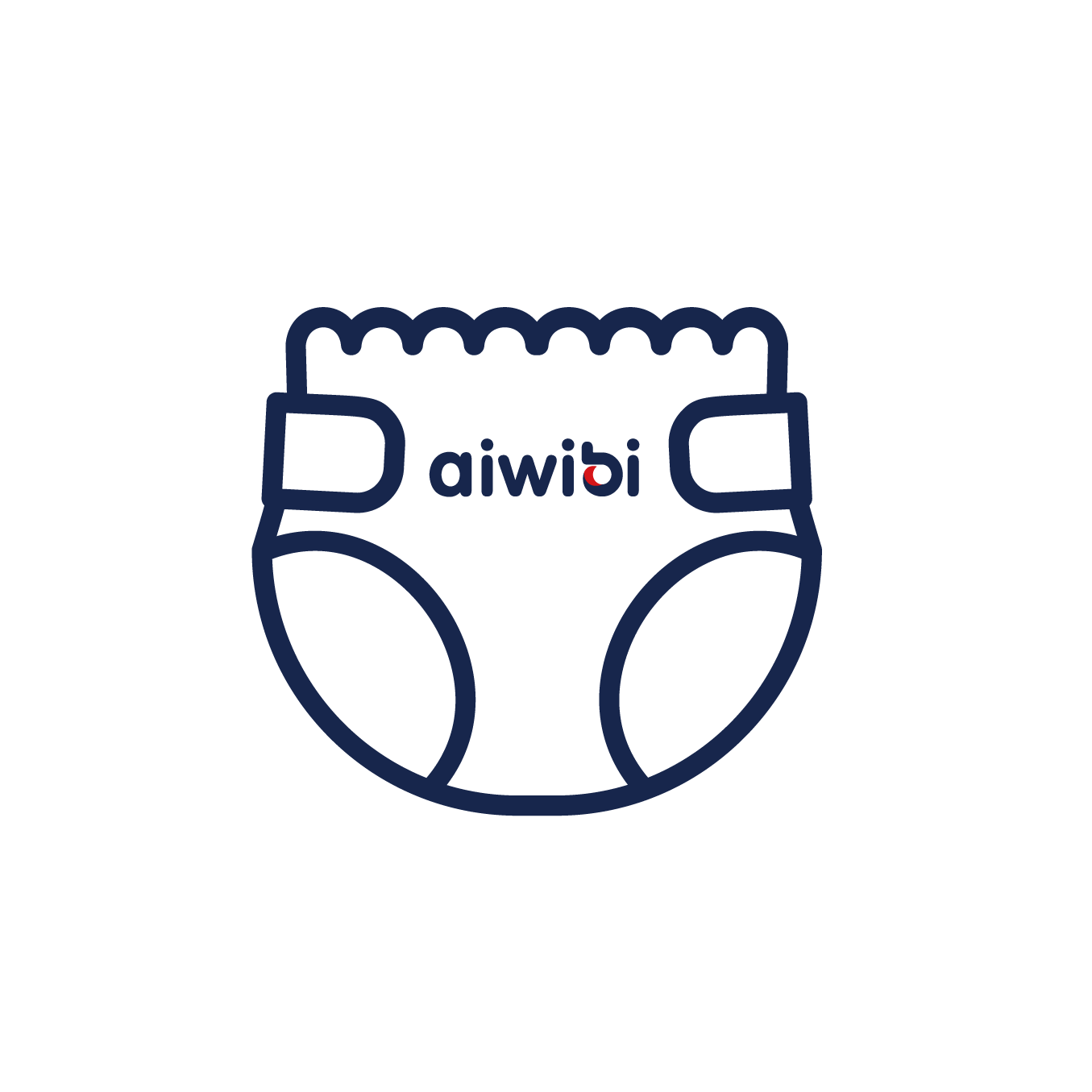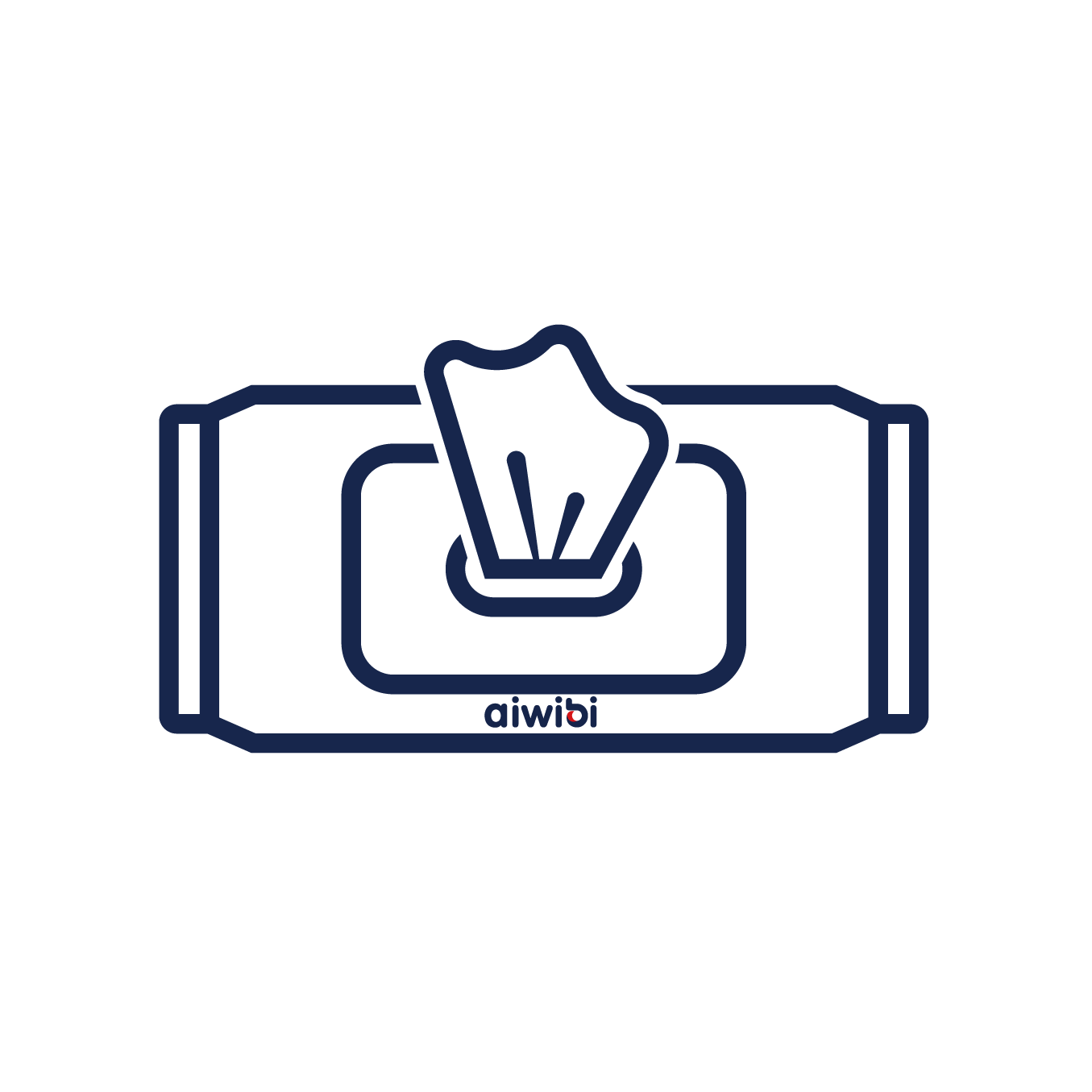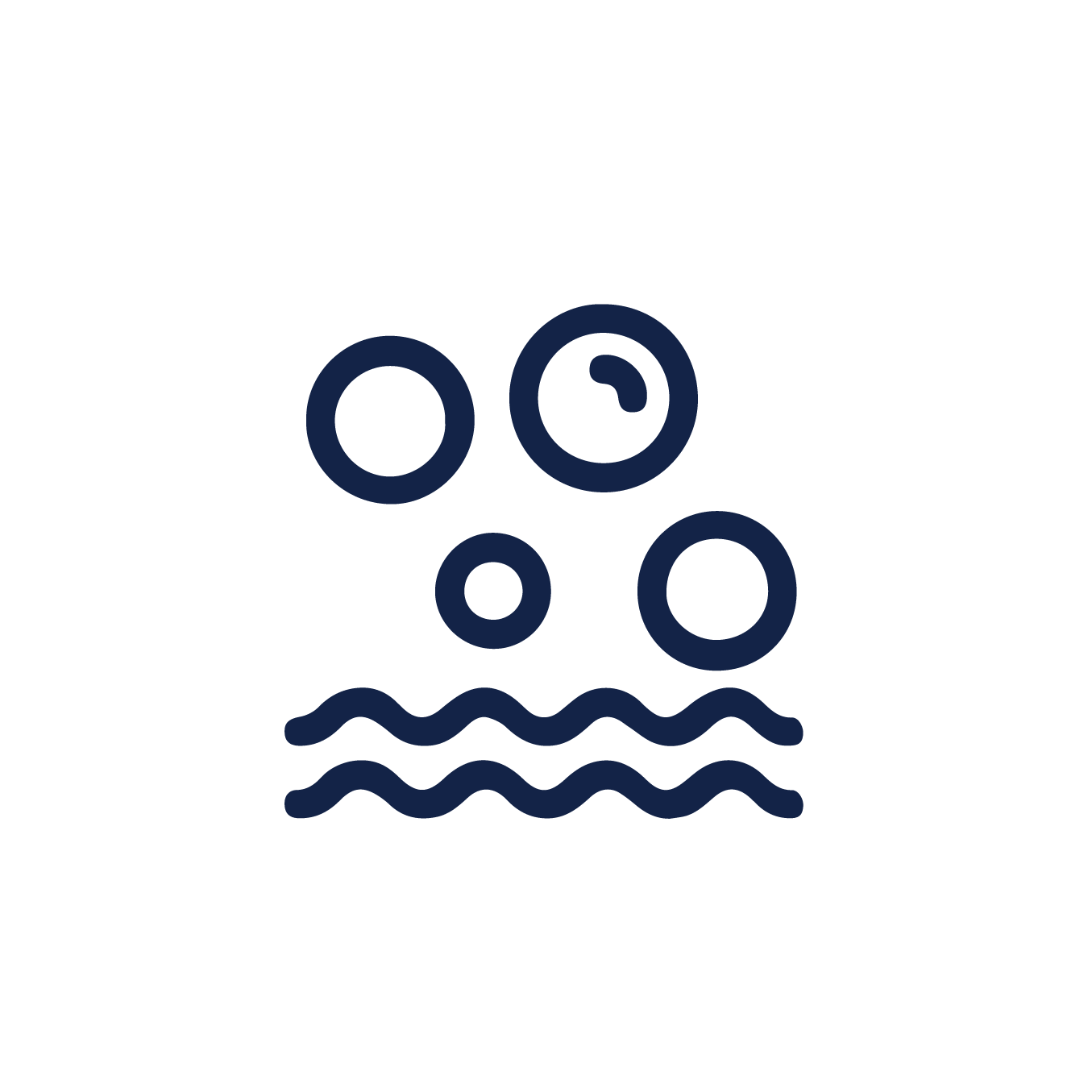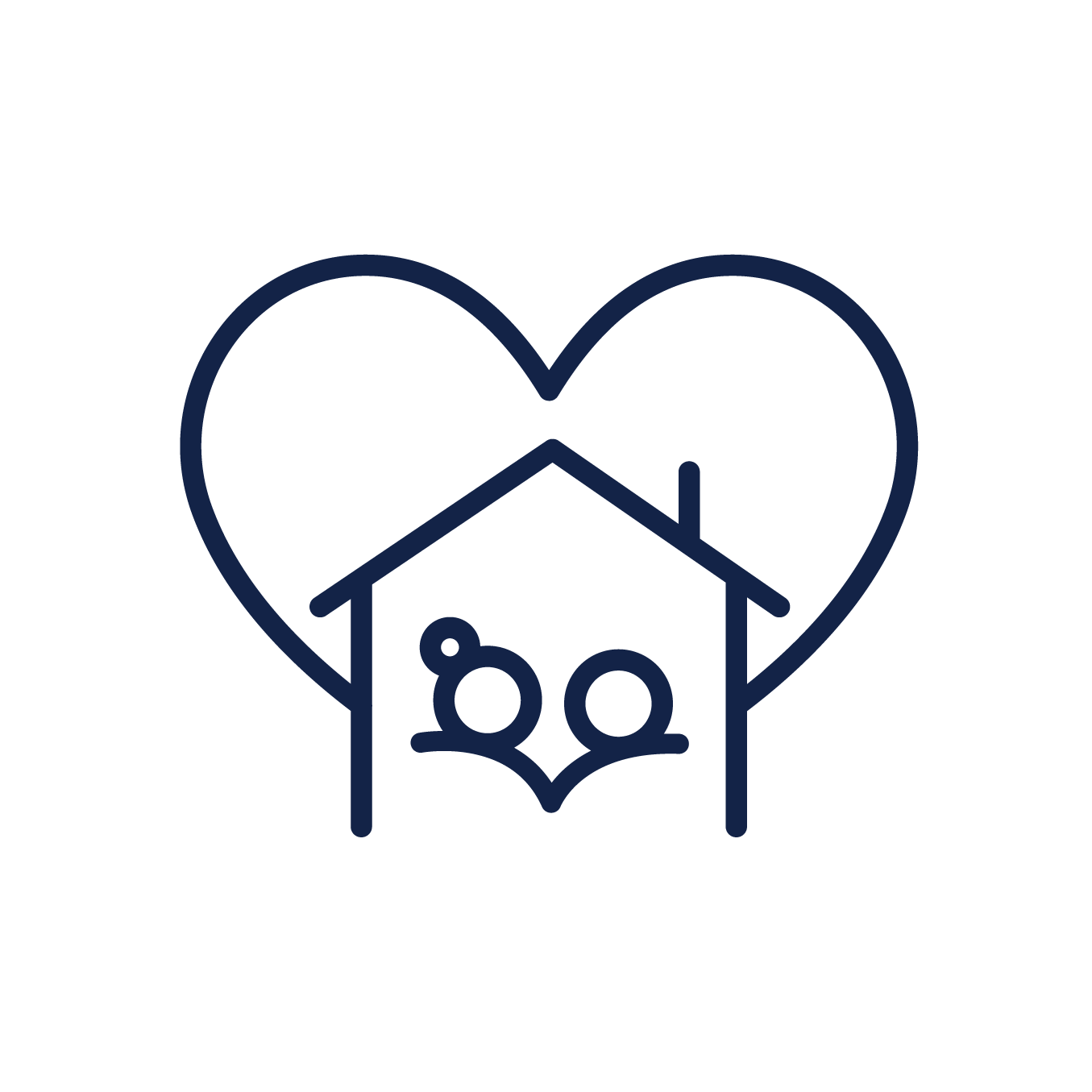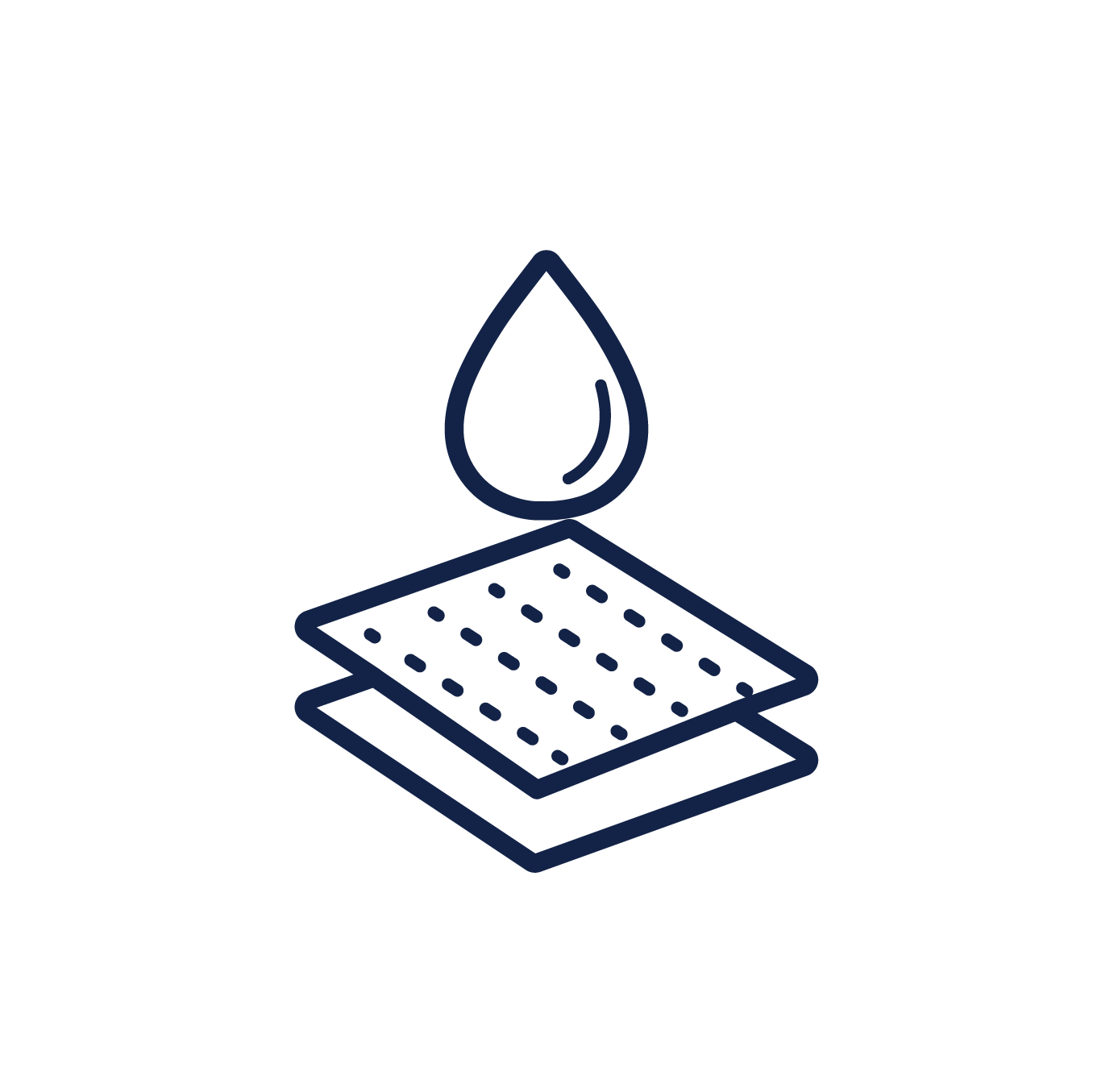1. Pay attention to replenish soup in summer
In summer, water loss is relatively fast, and sodium, potassium and other minerals will be discharged with sweat, so children should supplement more soup in summer. When supplementing water, it is recommended that children eat more fruits, or supplement with soup, and eat a small number of meals. However, parents should not let babies drink too much boiled water, because excessive water may cause water poisoning.
2. Summer parenting needs protein
Children’s physical development is fast, and protein is essential. In the high temperature environment, the loss of protein becomes larger and the decomposition becomes faster, so it is easy for babies to have insufficient protein intake in summer. Mothers should pay attention to supplement protein with milk, eggs, soy products and meat. It is recommended to ensure an appropriate daily intake of milk and eggs.
3. Eat more fruits and grains to supplement vitamins
There are more vitamins in coarse grains, and vitamin C, B1 and B2 are the most lost in perspiration. Parents can let babies eat more fruits, coarse grains, and vegetables and fruits to supplement vitamin C, Vitamin B1 and vitamin B2, which are necessary for babies’ healthy growth.
4. Beware of spoiled food
Summer food is easy to rot, so the remaining food should be immediately put into the refrigerator. Besides, parents should try to control the amount of cooking as much as possible, so that children can eat fresh vegetables for every meal. Pay attention to cook the food for a second time, because the refrigerator will also produce harmful bacteria, only after thoroughly heated can play a bactericidal effect, otherwise will cause food poisoning, thus leading to gastrointestinal dysfunction of children. In order to kill bacteria in refrigerated food, the food should be heated to above 75 °C before eating the next day ( the broth must be boiled for 3 minutes ).
5. Be careful of cold drinks
Young babies’ greed for cold drinks will have a bad effect on their delicate gastrointestinal, which will make the oral cavity, gastric mucosa vasoconstriction, affecting the local blood supply and gastric juice secretion, causing abdominal pain, diarrhea and loss of appetite and other symptoms. Therefore, parents should pay attention to allowing children to eat an appropriate amount of cold drinks, so as not to cause digestive disorders and nutritional disorders in children.
